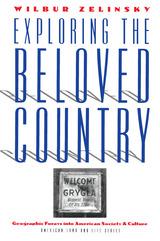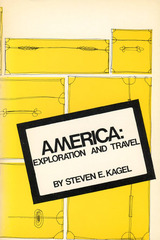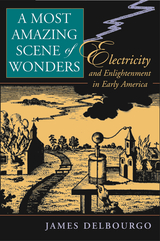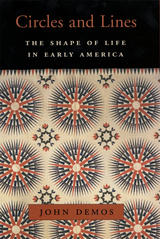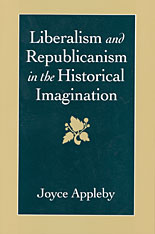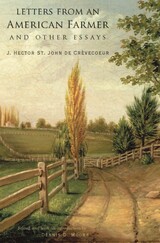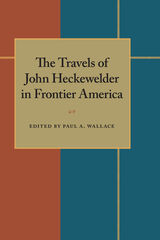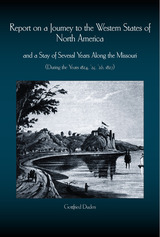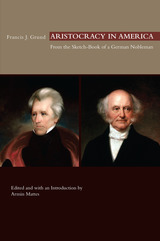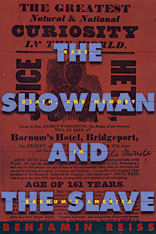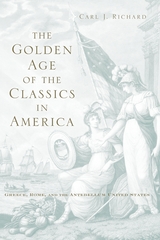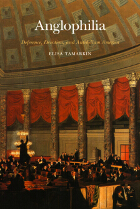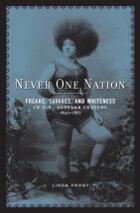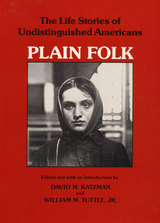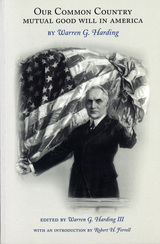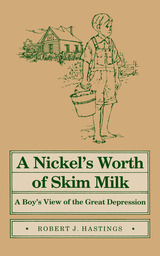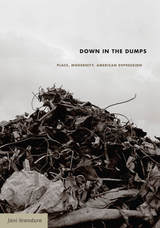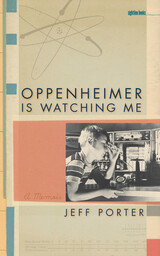The Arts of Deception is a delight. James Cook's study combines fascinating stories and characters, thorough scholarship, and profound insights into nineteenth-century popular culture.
-- John F. Kasson author of Houdini, Tarzan, and the Perfect Man: The White Male Body and the Challenge of Modernity in America
An eloquent, wide-ranging, and above all honest cultural study of the American hunger for fraud.
-- Eric Lott, author of Love and Theft: Blackface Minstrelsy and the American Working Class
The Arts of Deception is a gracefully written and intriguing book. James Cook's well-told stories reveal a new and exciting way of looking at the culture of this dynamically expanding society. Anyone interested in the history of nineteenth-century America will read this book with pleasure and considerable profit.
-- Shane White co-author of Stylin': African-American Expressive Culture from Its Beginnings to the Zoot Suit
James Cook's The Arts of Deception is an exceptionally fine achievement in cultural history, characterized throughout by artful use of narrative detail and sophisticated, supple interpretation. It is a delight to read and ponder, full of fascinating stories and fresh insights into American market society--one of the most illuminating accounts I have ever seen of the confidence games at the core of our culture.
-- Jackson Lears author of Fables of Abundance: A Cultural History of Advertising in America
[Cook] is an imaginative cultural historian who excels at teasing complex significance from apparently straightforward artifacts, practices, and events...[He] provides fresh insight into the impact of commerce on consciousness. The Arts of Deception is a subtle and illuminating work of cultural history.
-- Jackson Lears New Republic
Cook explores the 19th-century Americans' fascination with fraud and deception as entertainment, and suggests that the popularity of what P. T. Barnum referred to as "humbugs" is intimately related to the birth of popular and mass culture in the 19th century and to other important features of a 19th-century, middle-class, market-driven society. Cook considers a wide and eclectic range of specific "curiosities"...This is a fun, intelligent, sophisticated, imaginative book.
-- K. Blaser Choice
Although readers may very well wonder whether there is anything more to be said about P. T. Barnum and 'humbuggery' in nineteenth-century America, this superb book provides a resounding affirmation. The research is impressive, the presentation is engaging and flows smoothly...[A] compelling book.
-- Michael Kammen American Studies
James W. Cook's book on 'artful deceptions' in nineteenth-century American popular culture is not merely fascinating, fluently written, and engaging to read. It sheds light on a number of different subjects and helps us to appreciate the thoroughly interconnected nature of cultural phenomena in what he calls, quite appropriately, the 'age of Barnum.' Indeed, it is a stellar example of cultural history, providing the reader with both a vivid picture of the specific social milieu that encouraged this new mode of exhibition and an understanding of the more amorphous intellectual climate that influenced exhibitors and audiences alike. Making shrewd use of the available evidence, Cook has written a book filled with compelling stories and anecdotal details. Yet what stands out in the end is the rigor and incisiveness of his analysis--the provocative conclusions he derives from his vignettes and the remarkable way that he is able to make us see their larger significance...The Arts of Deception is an important work in the new historiography of popular culture.
-- Charles L. Ponce de Leon Journal of Social History

